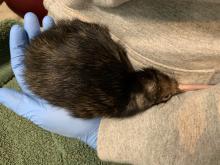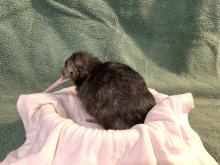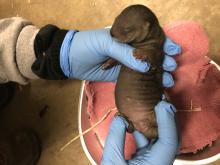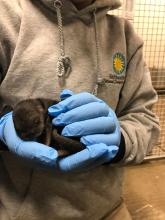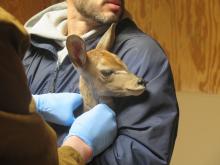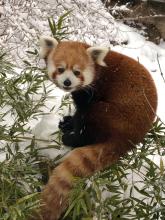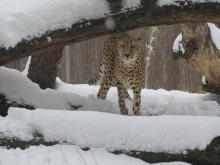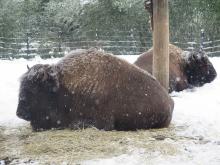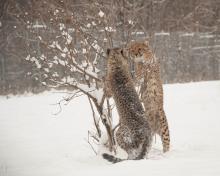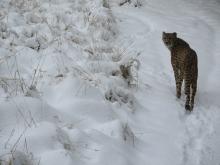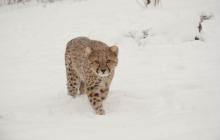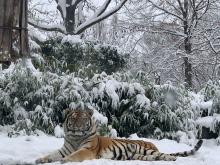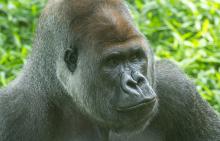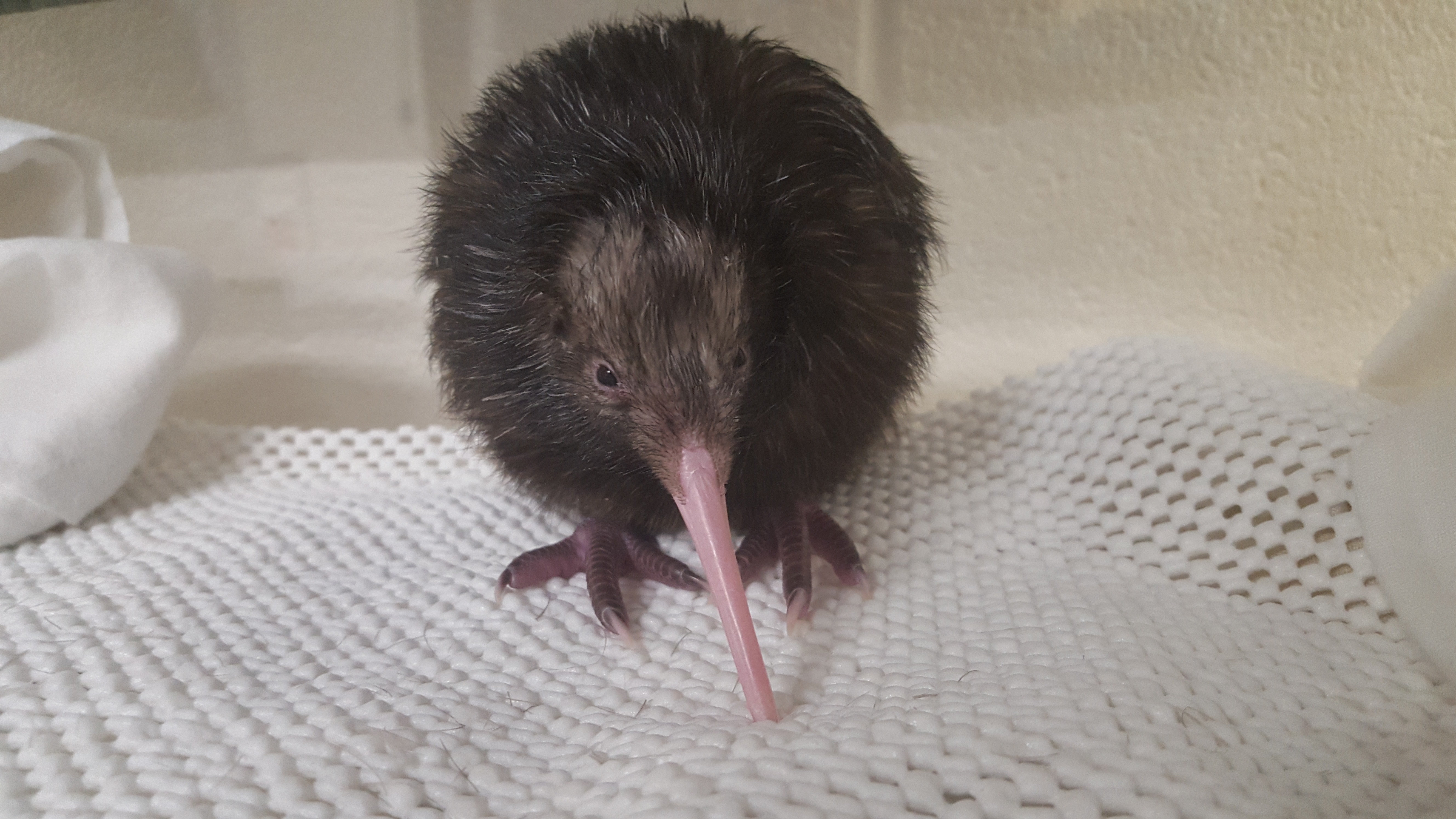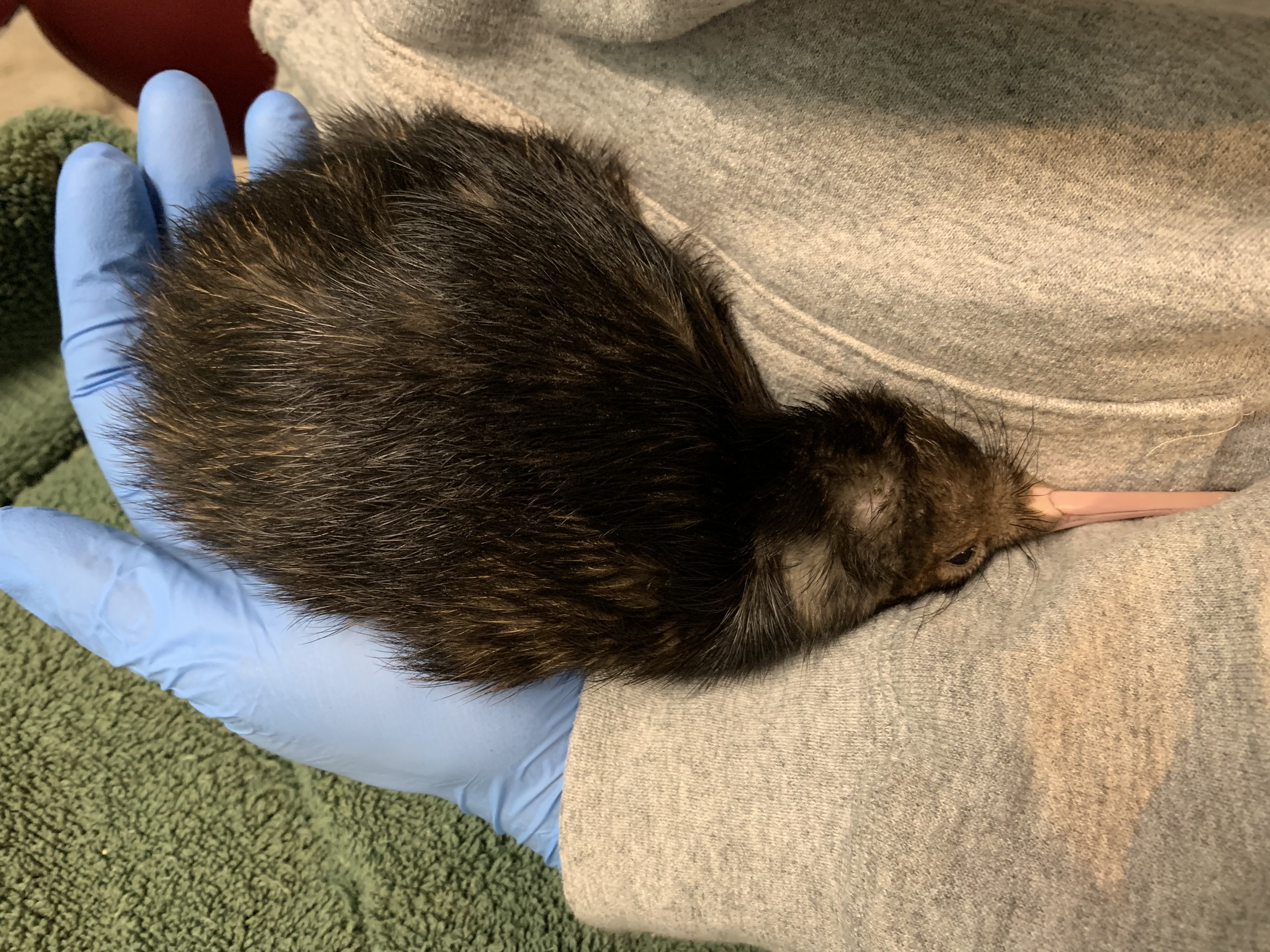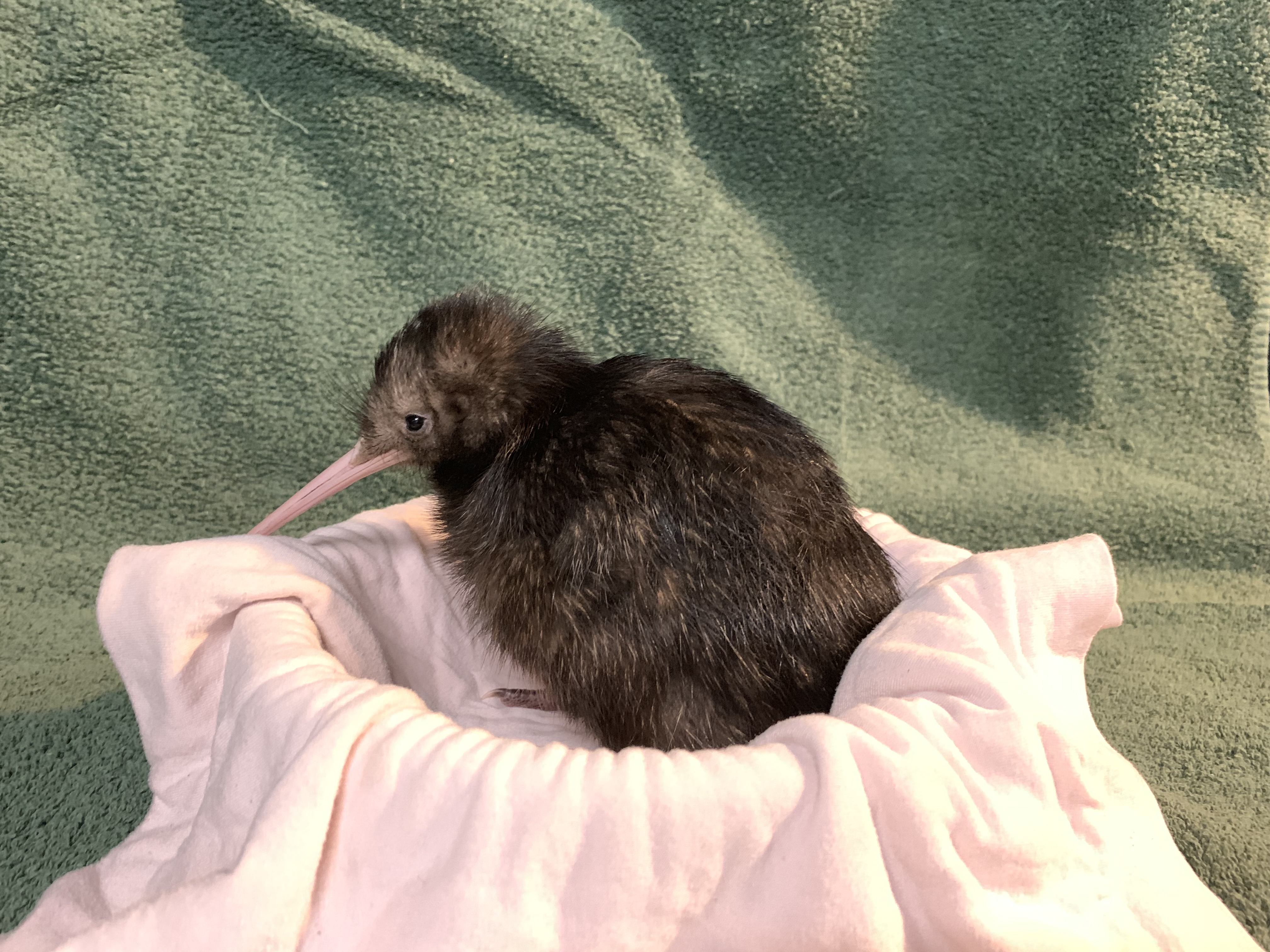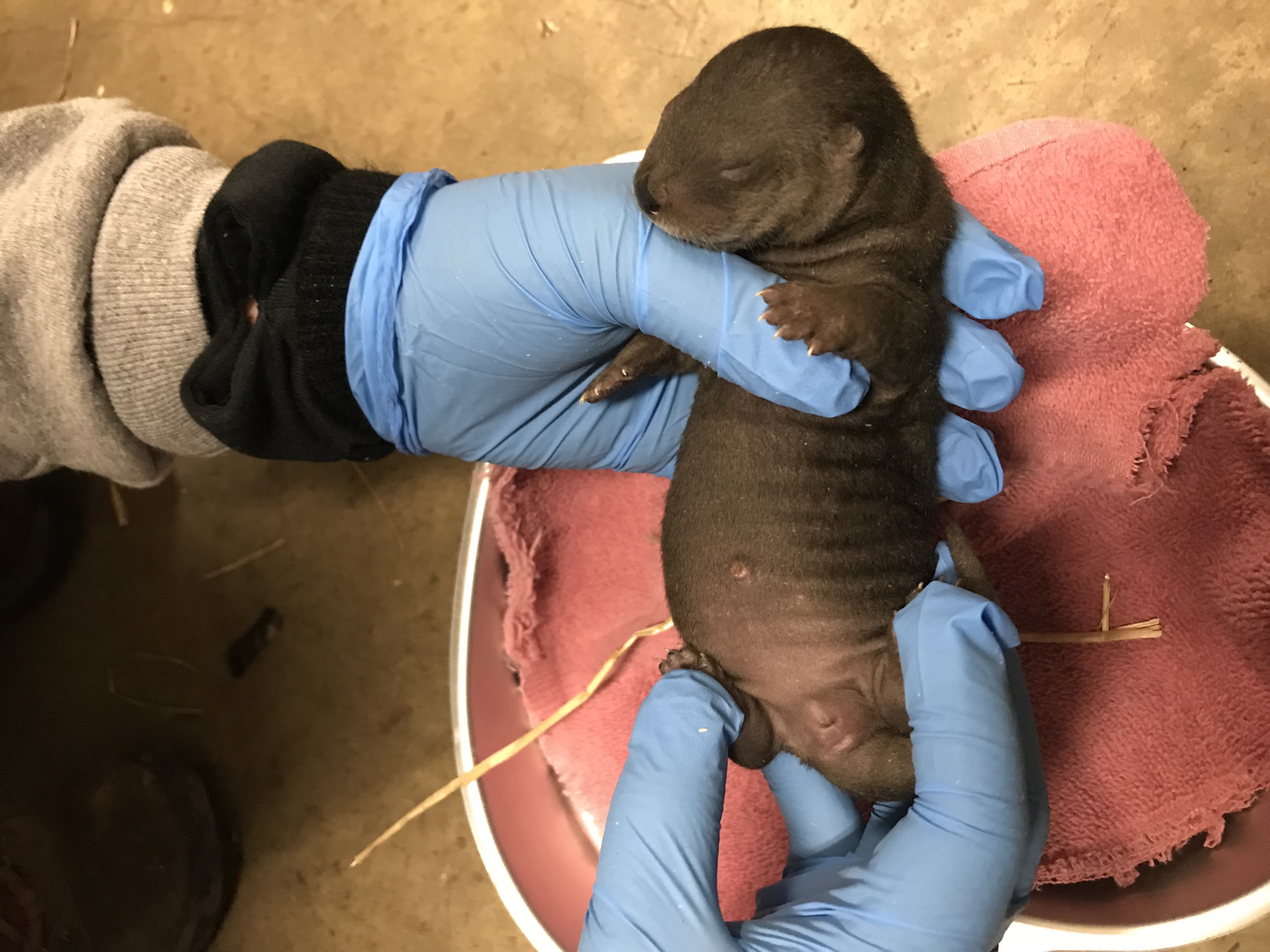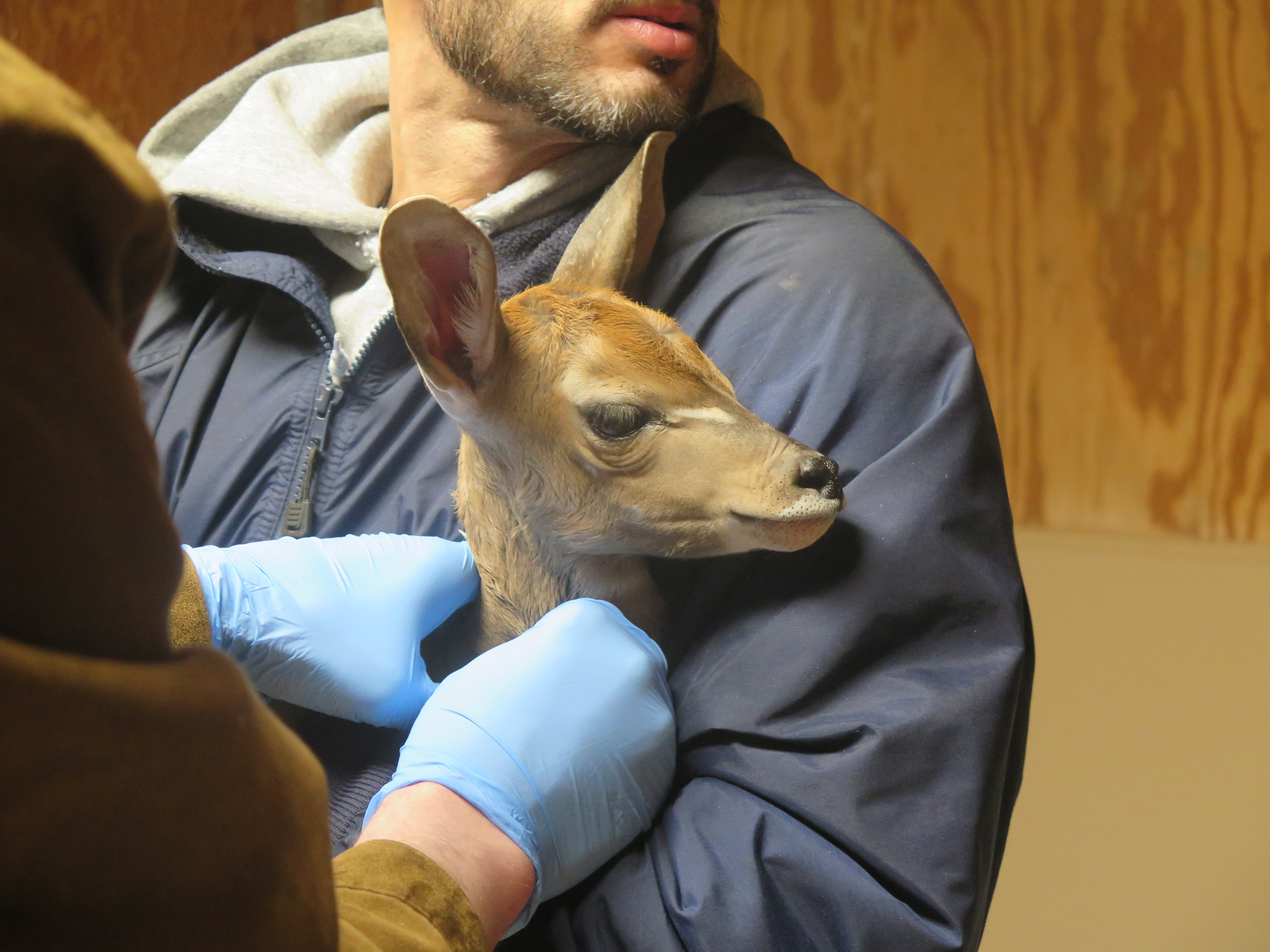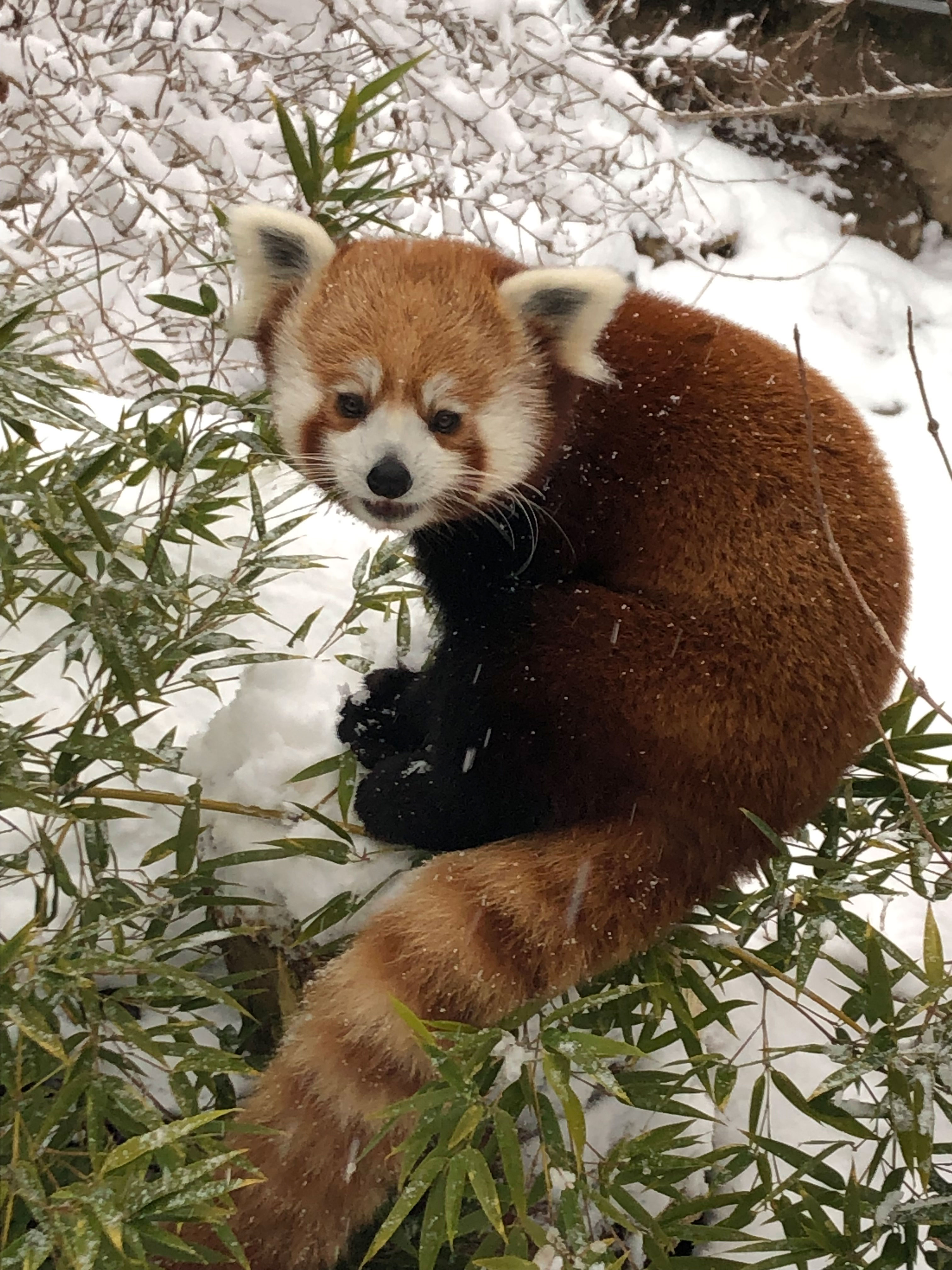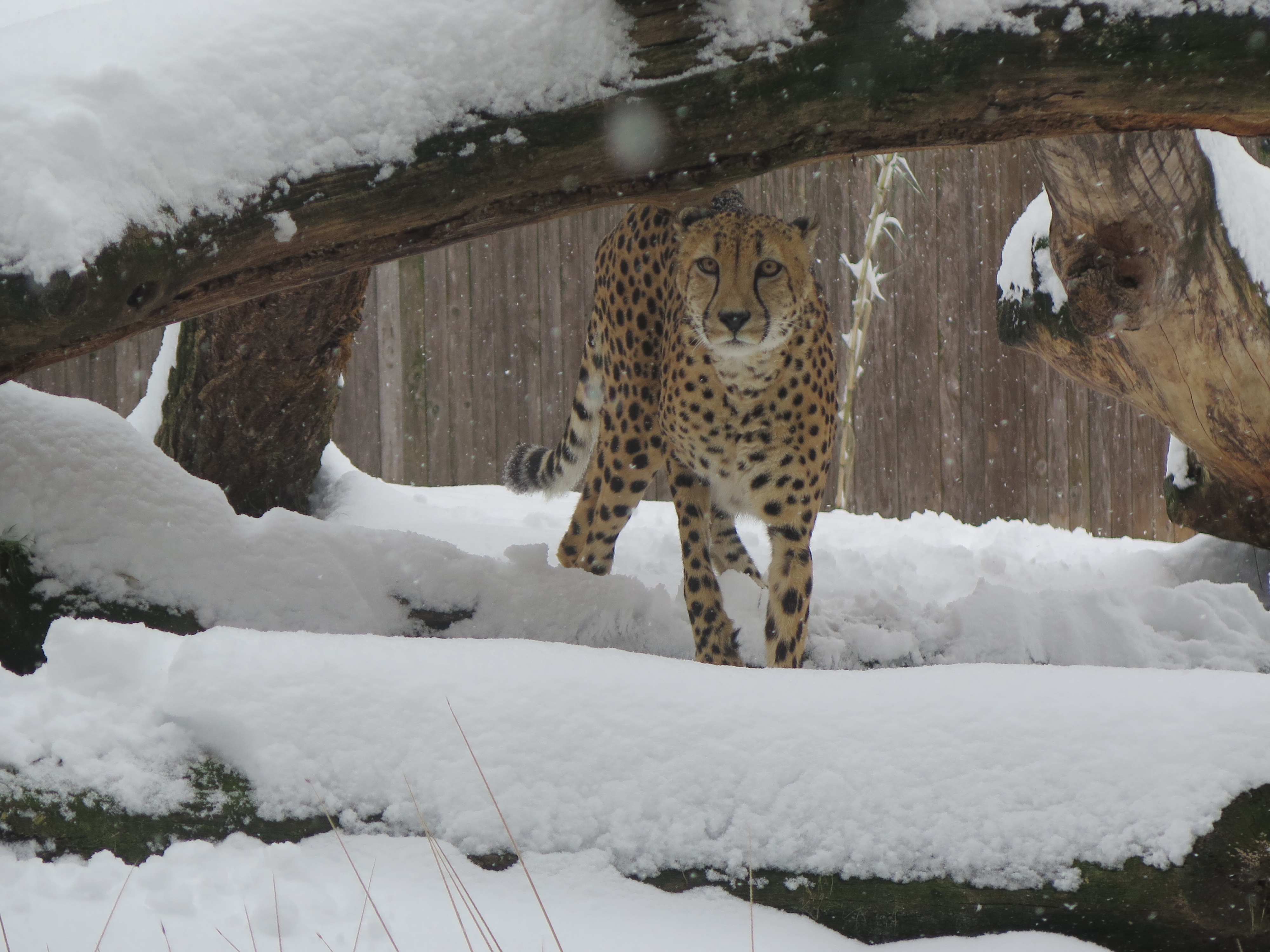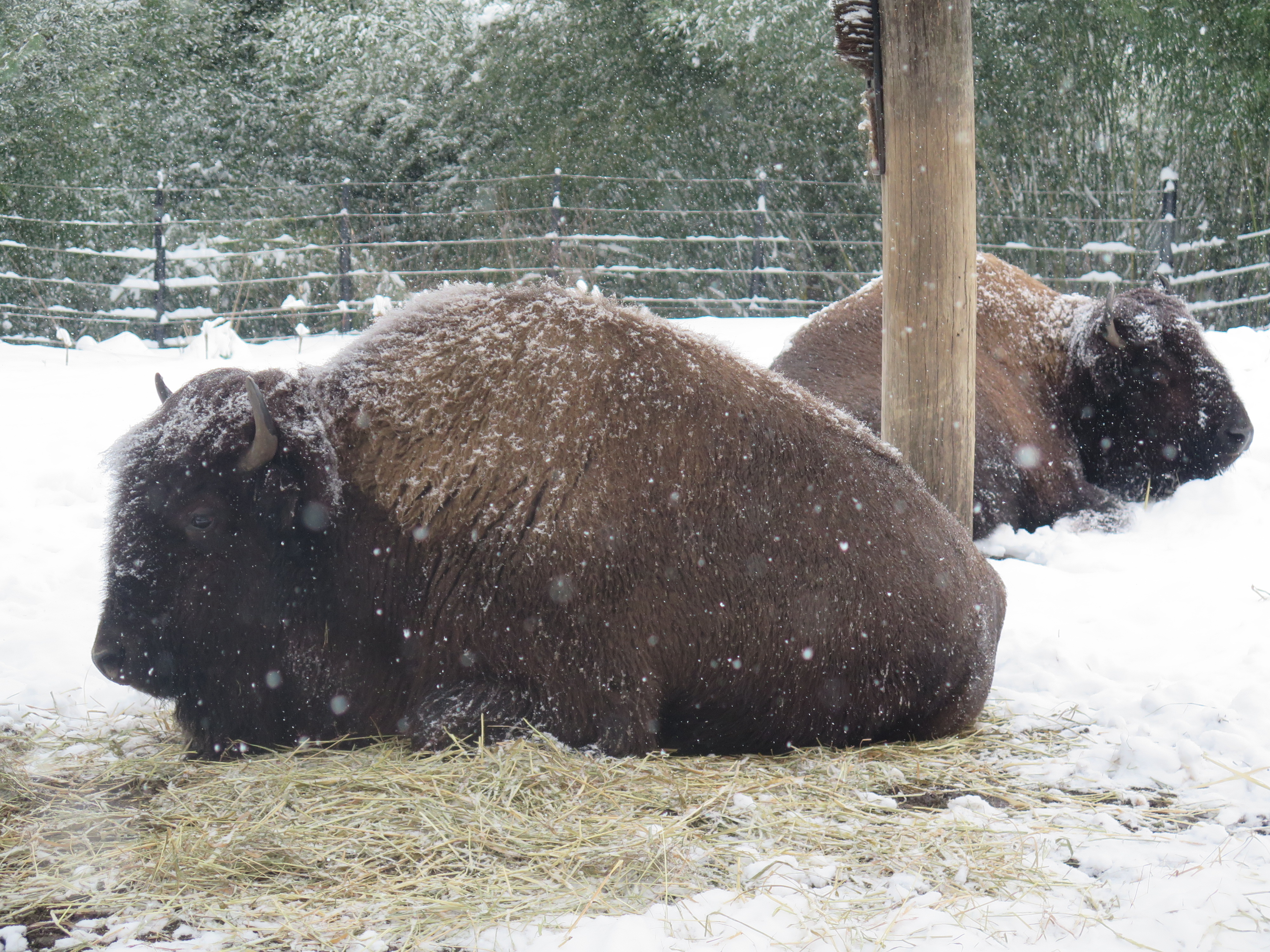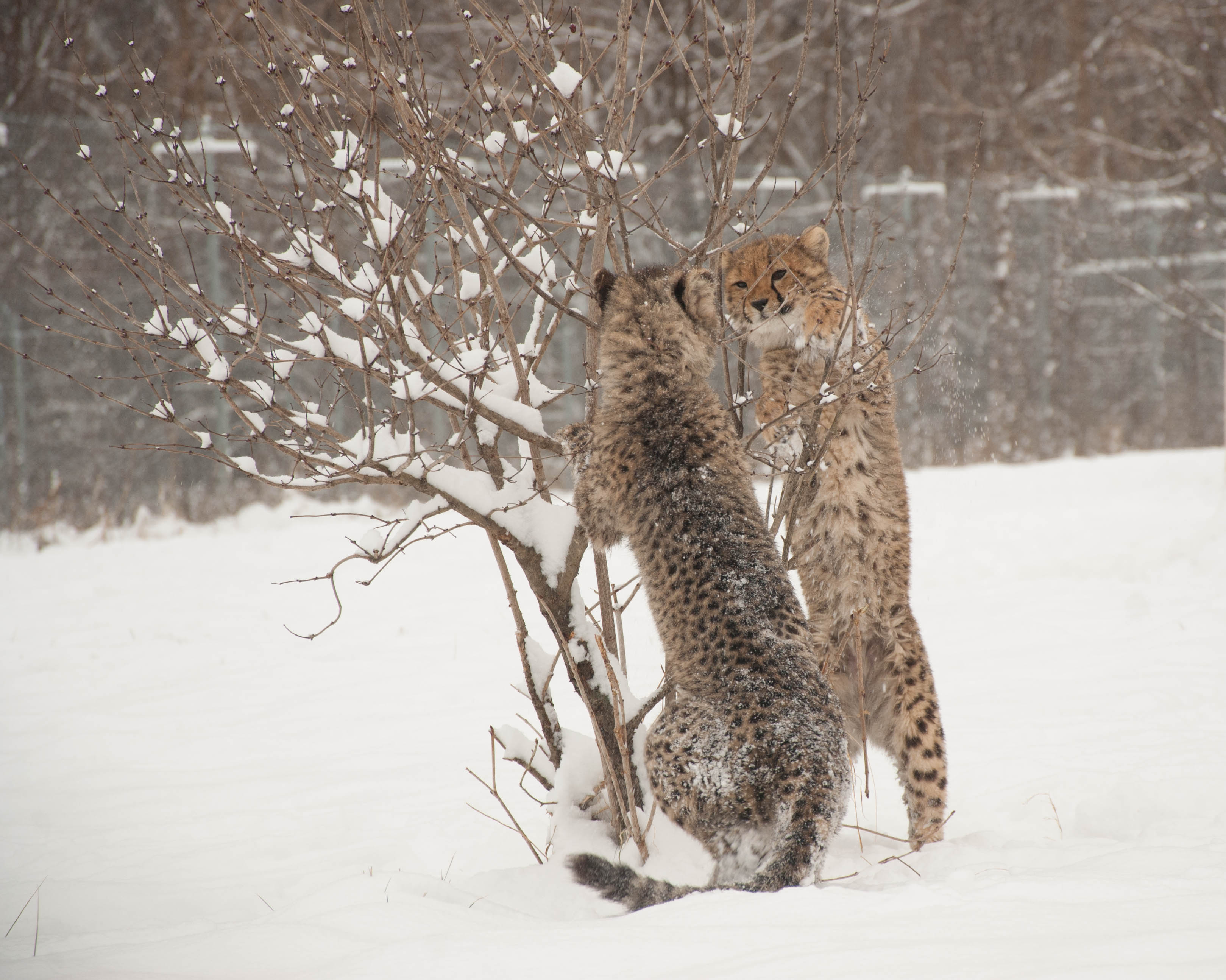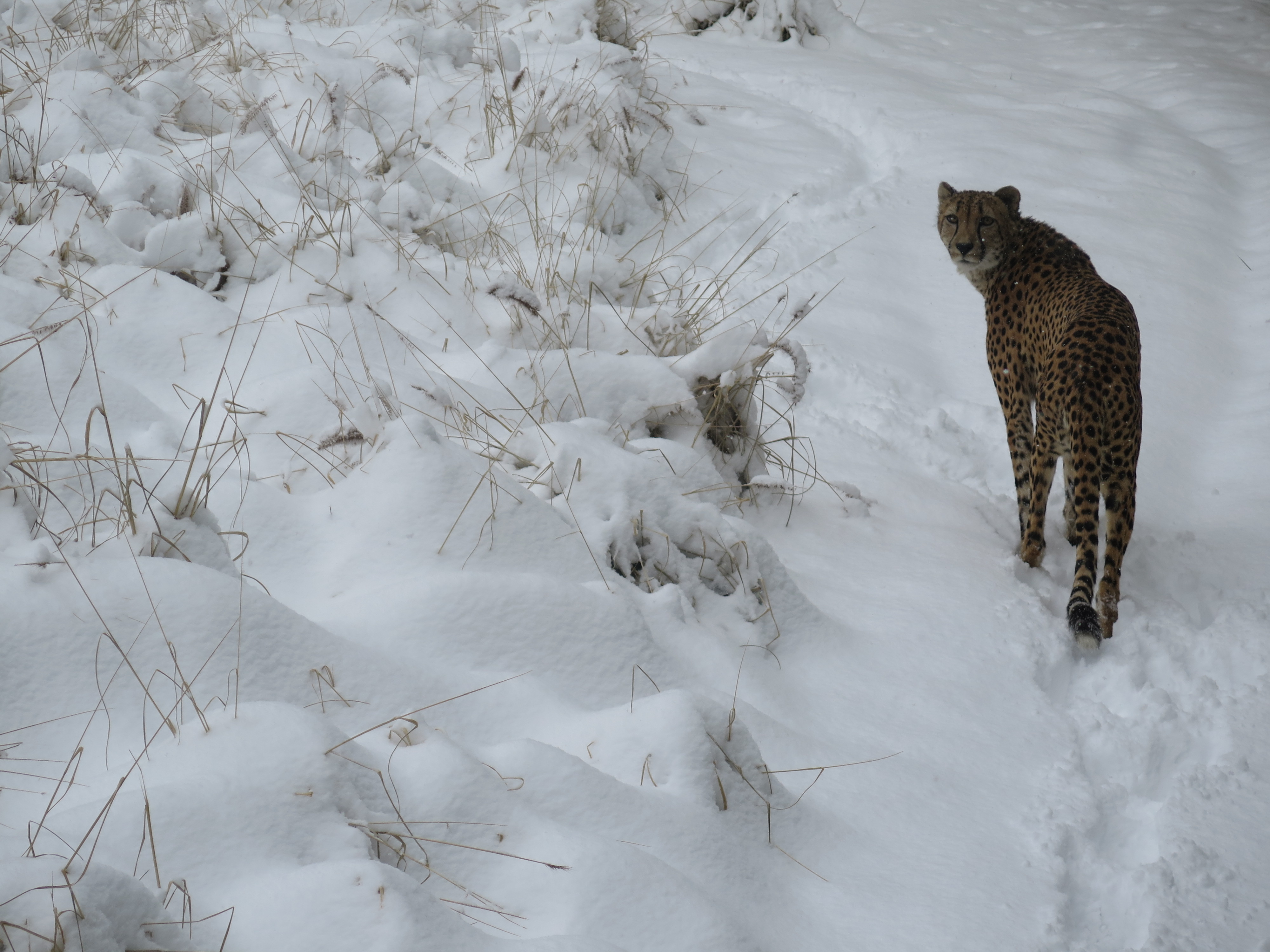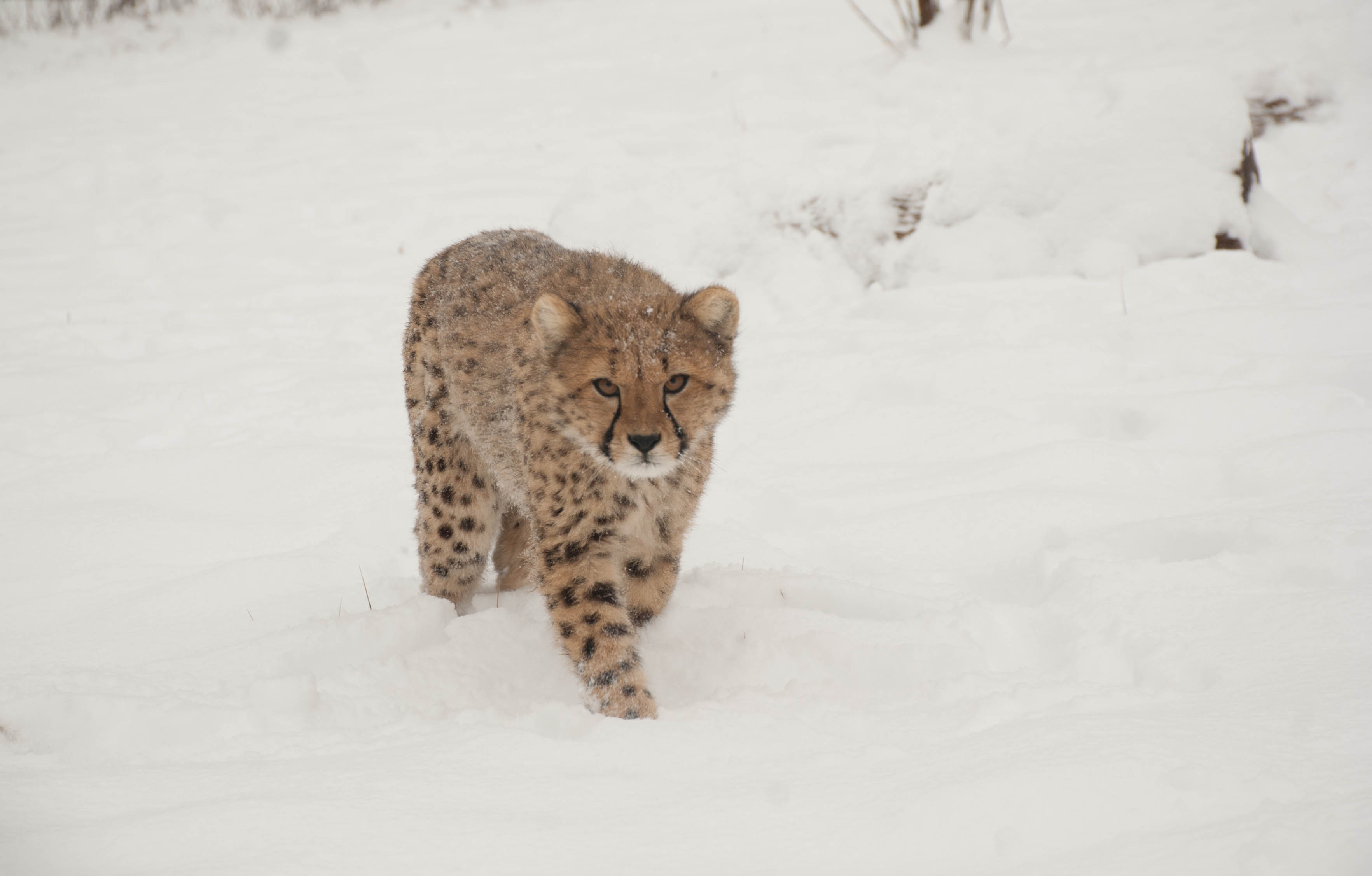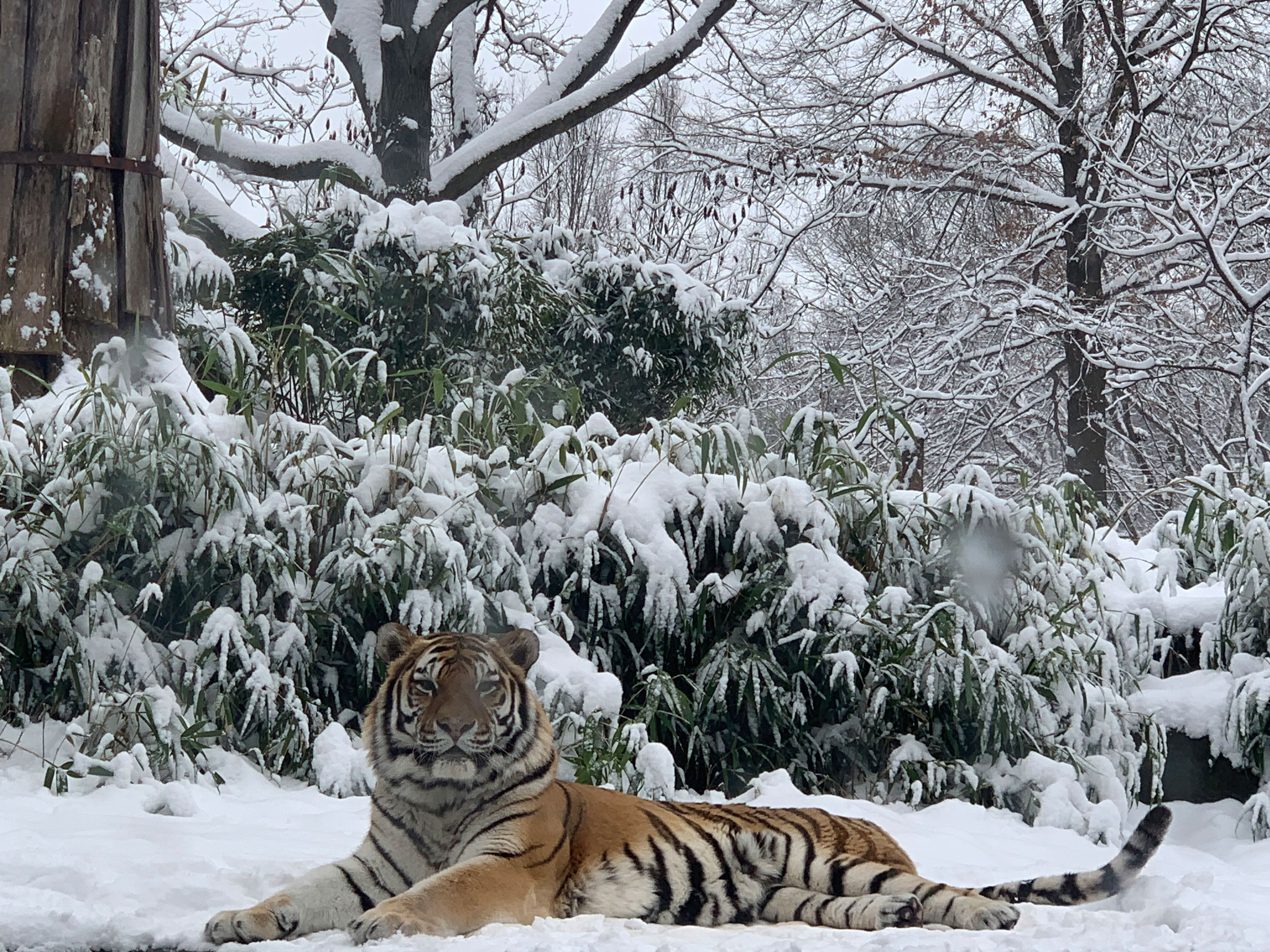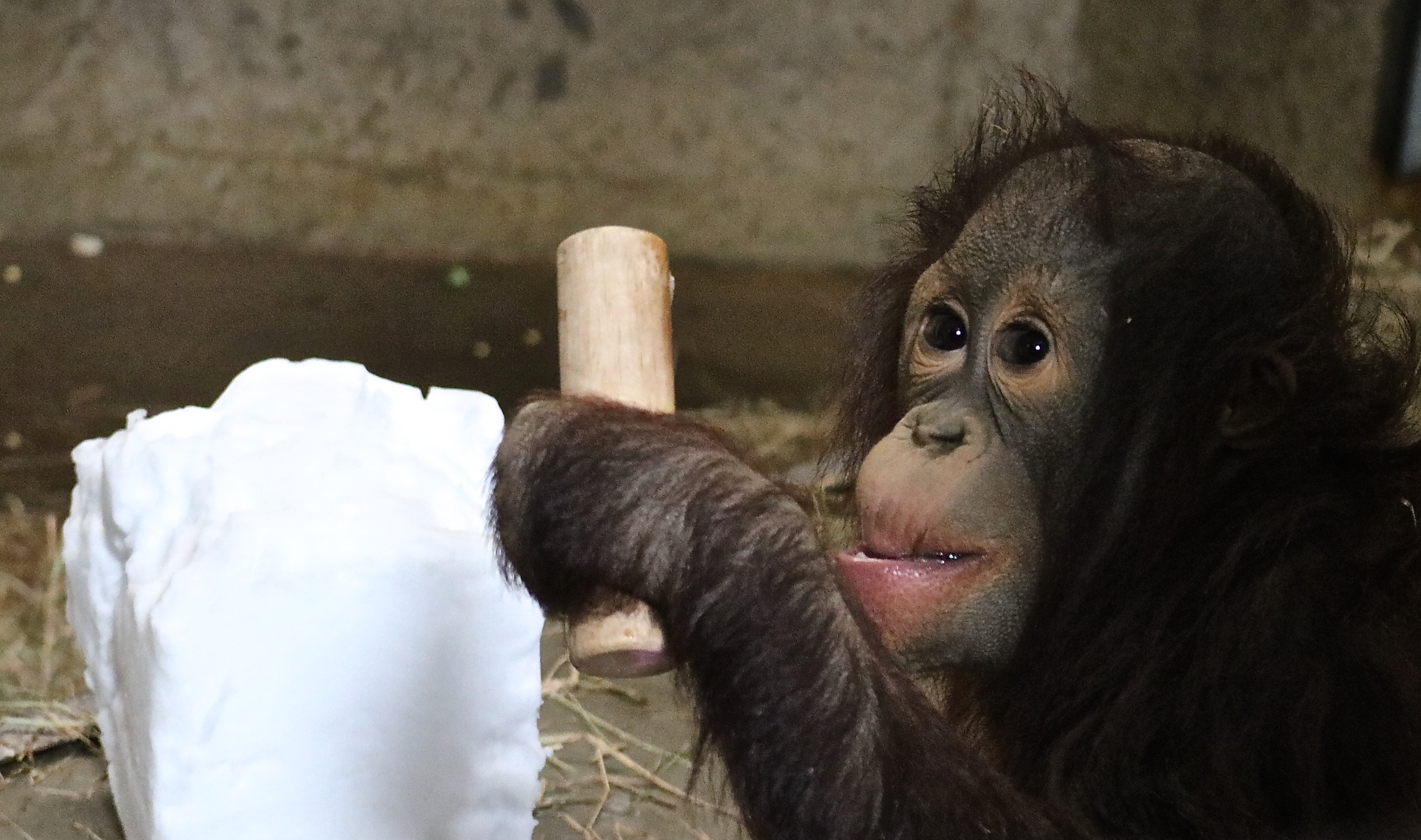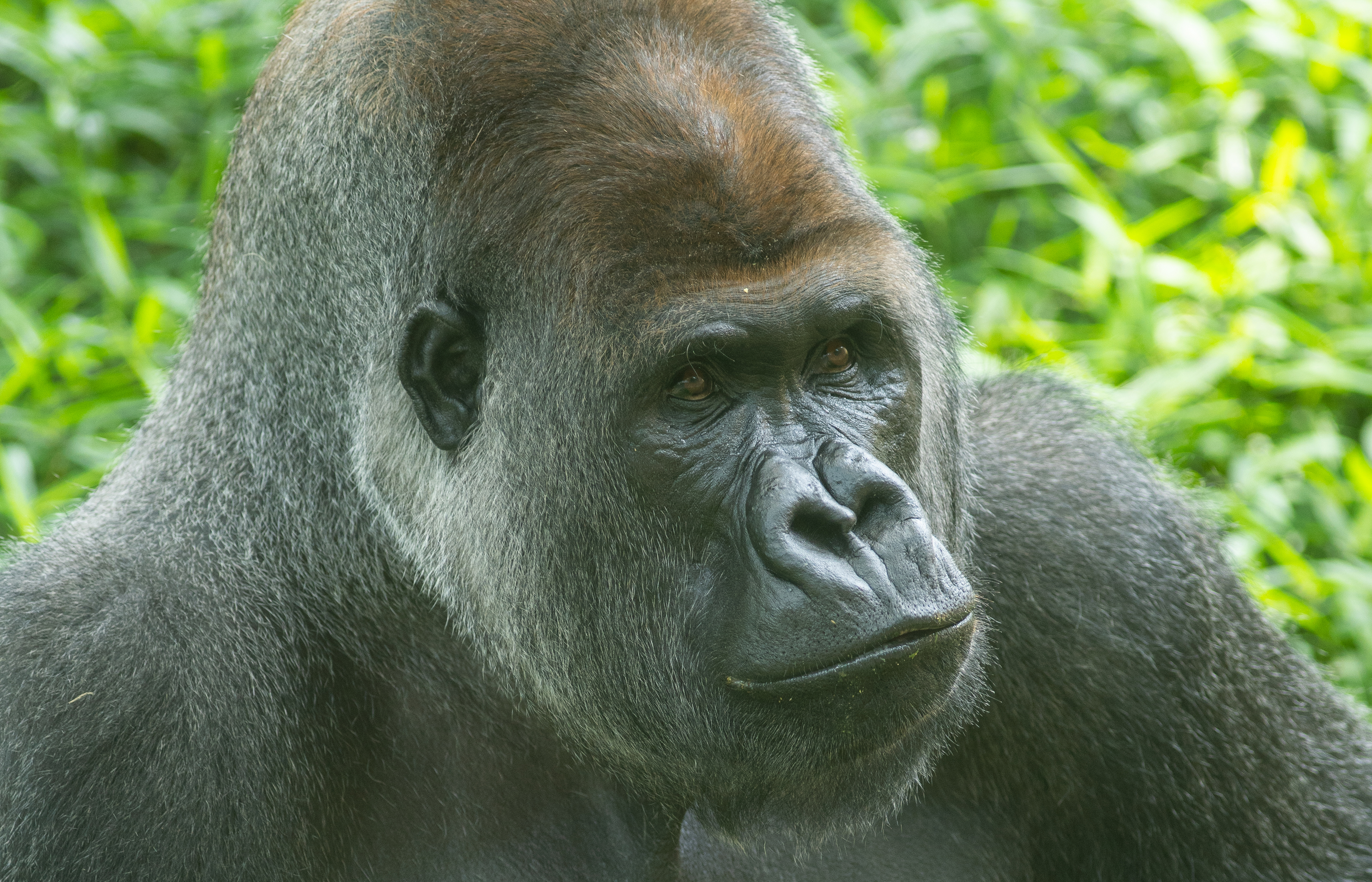Top Animal News Updates
During the federal government shutdown, from Jan. 2 to Jan. 28, the Smithsonian’s National Zoo and Conservation Biology Institute’s animal care team, almost all federal workers, reported to work and provided the same level of care for the Zoo’s animals as any other day. Below, in no particular order, is an overview of top animal news updates that happened during this time.
1. Kiwi Chick Hatched
A brown kiwi chick hatched at the Smithsonian Conservation Biology Institute in Front Royal, Virginia, on Jan. 9. The chick is a female. She is doing well and started eating meat, a mixture of vegetables and special nutritionally complete pellets a few days after she hatched. Kiwi are considered vulnerable by the International Union for Conservation of Nature.
2. Otter Pups Born
American Trail keepers celebrated the arrival of three North American river otter pups — two males and one female — Jan. 21. Born to first-time parents 2-year-old mother Ashkii and 2-year-old father Emmett, the pups are the first litter of North American river otters born at the Zoo in its 129-year history. Ashkii gave birth in an off-exhibit den, and keepers report that they have observed her tending to and nursing her offspring. The pups have steadily gained weight over the past week, and animal care staff are cautiously optimistic that they will thrive. Ashkii and her pups will remain behind the scenes for approximately two months while they bond and learn how to swim. Keepers anticipate the pups will go on exhibit in mid-to-late March. In the meantime, Zoo visitors will be able to see Emmett on American Trail. North American river otters are considered least concern by the International Union for Conservation of Nature.
3. Lesser Kudu Born
Cheetah Conservation Station keepers also welcomed a new arrival — a male lesser kudu calf born overnight Jan. 12 to 5-year-old first time mother Rogue and 8-year-old father Garrett. Rogue is attentive and caring for the calf, who is nursing, gaining weight and appears to be healthy and strong. The pair are bonding in an area behind the scenes and will make their debut in mid-to-late March. Zoo visitors can see Garrett and the calf’s grandmother, Shirley, as well as an Abyssinian ground hornbill named Karl at the Cheetah Conservation Station. Lesser kudu are considered near threatened by the International Union for Conservation of Nature.
4. Animals in the Snow
A snowstorm brought a blanket of snow to the Zoo Jan. 12 to 13. Many of the Zoo’s animals who enjoy colder weather enjoyed being outside in the winter weather. Giant pandas Tian Tian (t-YEN t-YEN), Mei Xiang (may-SHONG) and Bei Bei (BAY-BAY) all played in the snow — tumbling, sliding and rolling down the hills in their yards. Pavel, the Zoo’s male Amur tiger, also spent some time lounging in the snow. Amur tigers are native to Russia.
5. Primate Behavior
Primate staff at the Great Ape House and Think Tank noticed that the orangutans and western lowland gorillas were well-aware of the lack of visitors and hyper-sensitive to staff presence during the shutdown. Because it was not possible for the apes to watch and interact with visitors, they interacted with staff walking through the public space more than they normally would. On several occasions, the gorillas and orangutans reacted to staff by displaying — moving in a way to demonstrate strength — or by not shifting from one exhibit enclosure to another when asked by a keeper. These behaviors are atypical for both species. Adult orangutans spent more time resting in their nests than they normally would.
Meanwhile, 2-year-old Bornean orangutan infant Redd was as rambunctious as ever and sought extra attention from his keepers. Western lowland gorilla Baraka — who is normally laid-back and acts as peacemaker of the troop — was a bit cranky, according to keepers. They observed him barking more and taking food from his troop members. His behavior was surprising given that the gorillas received their normal food portions and enrichment items. However, because all primate keepers reported for duty at the same time rather than the normal staggered arrival, the timing of food and enrichment offerings was condensed to the morning and early afternoon.
6. Asian Elephant Behavior
During the shutdown, behavioral research on the Zoo’s Asian elephants continued. Over the course of the shutdown, it became increasingly difficult to collect behavioral data because the researcher’s presence impacted the elephants' behavior. Prior to the shutdown, researchers were able to blend into the crowds when collecting behavioral research. With no visitors on-site, the elephants became curious about the researcher's presence in the public area, coming over to them and reaching out with their trunks.
7. Naked Mole-rat Pups
Four naked mole-rat pups born Dec. 17, 2018, have grown significantly during the past six weeks. They were approximately the size of jelly beans at birth and are now the size of baby carrots. The pups have weaned from their mother — the queen and only breeding female in the colony — and they are moving around on their own. Since their birth, the naked mole-rat colony has been very stable, signaling that the current naked mole-rat queen has successfully assumed control of the colony and will likely not face any challengers in the near future. Visitors can see them at the Small Mammal House, or on the Naked Mole-rat Cam.
8. Golden Lion Tamarin Infant
A veterinary exam confirmed that the golden lion tamarin infant born June 29, 2018, at the Small Mammal House is a female. The 7-month-old monkey is now approximately 1 pound and increasingly independent from her parents. She is navigating the branches of the enclosure on her own, and her father Mo is much less tolerant of her riding on his back. Keepers are training her to participate in her veterinary care by entering travel crates (for trips to the Zoo’s veterinary hospital).
Image Gallery

